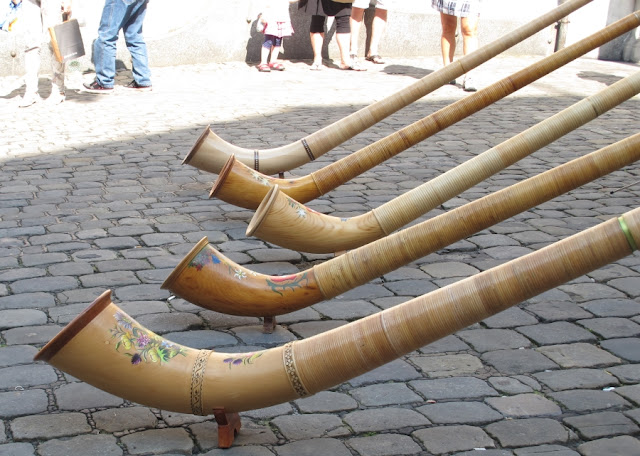Frogs do not get good press in the Bible. We see plagues of
frogs being used as a weapon against Pharaoh, and in the Revelation of St John
the Divine, we read:
And I saw three unclean spirits like frogs come out
of the mouth of the dragon, and out of the mouth of the beast, and out of the
mouth of the false prophet.
In spite of this, frogs like Kermit the muppet are generally
seen as lovable creatures, but we all know that frogs were an ingredient in the
witches' brew in Macbeth:
Fillet of a fenny snake,
In the cauldron boil and bake;
Eye of newt and toe of frog,
Wool of bat and tongue of dog,
Adder's fork and blind-worm's sting,
Lizard's leg and howlet's wing,
For a charm of powerful trouble,
Like a hell-broth boil and bubble.


A poll is a head, and
when politicians go to the polls, or pay attention to opinion polls, they are
literally counting heads, while a poll-tax is a head tax. In Middle English, a polwygle was what we would now call a
poll-wiggle, a wiggling head, and this name lives on in America as an
alternative name for a tadpole, though it has by now become a polliwog or a
pollywog. The more common form, tadpole, comes from the Middle English word for
a toad, grafted onto poll, presumably because it appears to be a tailed head
which has yet to grow the rest of the toad.
The Old English origin
of 'frog' lies in the word frogga,
not too unlike the German frosch or
the Icelandic froskr. A toad was tádige or tádie, so when children call tadpoles 'taddies', they are not so
far from their remote ancestors, a millennium ago. The frogs would not be all
that impressed — if the palaeontologists are to be believed, the frogs have
been around in much their present form for about 200 million years.
A frog may also appear
on a coat, where it appears to be the Portuguese word frocoi, deriving from the Latin floccus,
meaning 'flock', which, along another line, also gives us out word 'frock', as
in 'frock-coat'. This sort of frog is an attachment to the coat for holding
weaponry, or else a fastening, where a covered button passes through a loop on
the opposite side of the garment. On a horse's hoof, though, a frog is not an
old-fashioned form of road-kill, but a horny growth, possibly derived from a
similar Italian word, forchetta.
A frog march involves
four men each taking one limb of a difficult person, and carrying them, face
down, a position which leaves them likely to be injured if they try to
struggle, and we say we have a frog in our throat when we have sore throat that
makes us croak. That particular usage was first recorded by the OED as far back
as 1656.
Railway lines also have
frogs, grooved pieces of iron that are placed where one rail crosses over
another, and the French are often called "frogs" or
"frog-eaters" by the English when they intend to be offensive. Legend
has it that the residents of the 3rd Arrondissement in Paris, in the area near the Bastille known as Le Marais, or 'the marsh', commonly
referred to themselves in the past as grenouilles,
or frogs, so perhaps the term is not so offensive after all.
The act of eating frogs
may turn out to be seriously offensive. In 1987, India banned the export of
frogs from there to France, arguing that the loss of frogs led to increases in
insects such as mosquitoes and also in tiny crabs that attack rice crops.
In all, the cost of insecticides and the losses to crops added up to more money than India earned in frog sales. Almost all French frog species have been protected since the 1950s, and the search for fresh supplies has caused problems in a number of countries, with the emphasis now on South-East Asia. Overall, it seems, the frogs are more good than bad.
So I am sad not to have seen any, so far on this trip.
In all, the cost of insecticides and the losses to crops added up to more money than India earned in frog sales. Almost all French frog species have been protected since the 1950s, and the search for fresh supplies has caused problems in a number of countries, with the emphasis now on South-East Asia. Overall, it seems, the frogs are more good than bad.

























